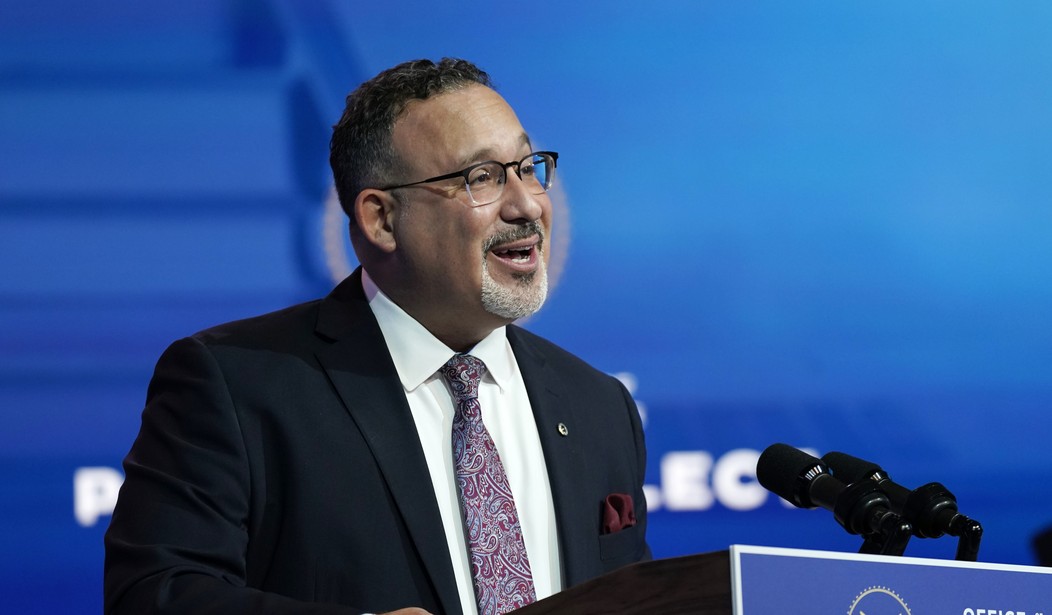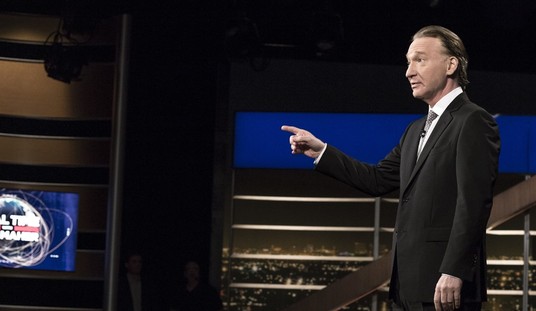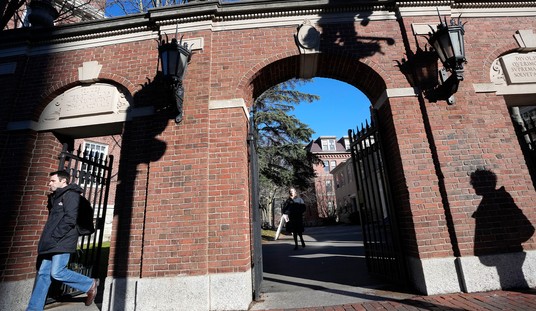The Biden administration's latest plan to "cancel" student loan debt extends to those struggling to repay loans due to financial "hardship."
The proposal was devised under the Education Department’s existing rulemaking powers after the Supreme Court struck down Biden’s original student loan bailout plan.
A number of factors are set forth in the new proposal to determine hardship, “such as a borrower’s total student loan balance and required payments relative to household income, and whether a borrower has high-cost burdens for essential expenses like healthcare or childcare,” the press release states.
The current regulatory process builds on the Biden-Harris Administration’s efforts to fix existing loan forgiveness programs and create the SAVE plan, the most affordable repayment plan ever. Through this regulatory process and as part of the broader plan President Biden announced last summer, the Department previously proposed to provide debt relief for other groups of borrowers, including those who:
- Currently have outstanding federal student loan balances that exceed what they originally borrowed.
- Have loans that first entered repayment 20 or 25 years ago.
- Took out loans to attend career-training programs that created unreasonable debt loads or provided insufficient earnings for graduates, as well as borrowers who attended institutions with unacceptably high student loan default rates.
- Eligible for forgiveness under repayment plans like the SAVE Plan or targeted relief programs, or closed school loan discharges, except they have not applied for such relief. (Education Department)
Recommended
“College is meant to lead to a better life, but too many students end up struggling due to their student debt,” said Education Under Secretary James Kvaal. “The ideas we are outlining today will allow us to help struggling borrowers who are experiencing hardships in their lives, and they are part of President Biden’s overall plan to give breathing room to as many student loan borrowers as possible. It’s an important part of the Biden-Harris Administration’s permanent solutions to the problem of unaffordable loans.”
Critics saw the announcement as the administration's latest effort to win over young voters.
Fix education and stop buying votes.
— Democrats against Biden (@Anti_Biden_Dems) February 15, 2024
Aka use your tax dollars to buy votes
— C (@capital_punx) February 16, 2024























Join the conversation as a VIP Member